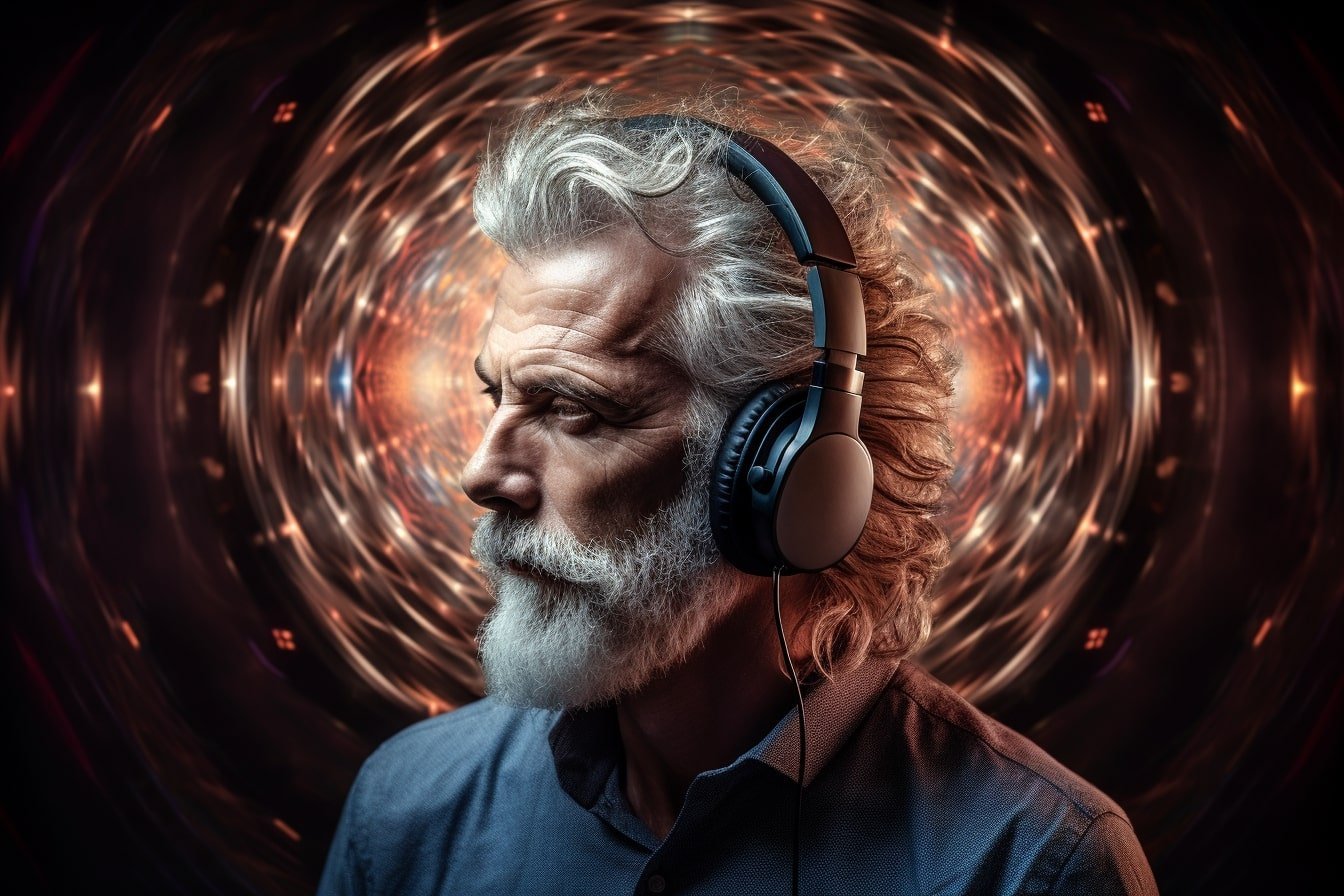Summary: A recent study highlighted the different music mix preferences of those with hearing loss. Researchers found that hard-of-hearing listeners favored louder vocals and clearer, high-frequency sounds.
Modern music, tailored to the general public, might not cater to their needs. Adjusting music mixes or offering specialized mixes could help enhance their auditory experience.
Key Facts:
- Hard-of-hearing listeners preferred music mixes with louder lead vocals and higher frequencies.
- The trend in music since 1975 has been quieter vocals and louder instrumentals, making it less accessible for those with hearing loss.
- Offering specialized music mixes could cater to the needs of hard-of-hearing listeners, enhancing their enjoyment.
Source: American Institute of Physics
Millions of people around the world experience some form of hearing loss, resulting in negative impacts to their health and quality of life. Treatments exist in the form of hearing aids and cochlear implants, but these assistive devices cannot replace the full functionality of human hearing and remain inaccessible for most people. Auditory experiences, such as speech and music, are affected the most.
In JASA, researchers from the University of Oldenburg studied the impact of hearing loss on subjects’ enjoyment of different music mixes.

Modern pop or rock music is built from several individual tracks, such as vocals, instruments, and synthesized sounds, all recorded separately and mixed to make the final product. To cater to listener preferences, this mixing might entail raising or lowering the volume of one of the tracks or amplifying the high- or low-frequency sounds.
“Mixing is tailored to suit the needs of normal-hearing listeners,” said author Kai Siedenburg. “We wanted to explore whether there are actually differences in mixing preferences between normal-hearing and hard-of-hearing listeners.”
To do this, the researchers played different music mixes to listeners with and without hearing loss. They found that those with hearing loss preferred louder lead vocals, higher frequencies, and sparser mixes with fewer frequencies overall.
“Generally, hard-of-hearing listeners have reduced frequency selectivity and impaired level perception,” said author Aravindan Benjamin. “They tend to prefer louder levels of lead vocals compared to normal listeners.”
Previous research from the group has found that music steadily shifted to quieter vocals and louder instrumentals leading up to 1975 and has remained there, meaning today’s music may be less accessible to those with hearing loss.
Use of hearing aids can remedy these issues to a degree, but they are not available to many people with hearing loss and come with their own set of problems. Some users might prefer to adjust their music with software rather than listen to the default mix through hearing aids.
“Getting good headphones, for example, and then playing around with the equalization might be a better approach than trying to squeeze everything through the hardware of the hearing aid,” said Siedenburg.
Ultimately, the biggest difference must come from the production side. Sound engineers with access to the individual tracks can make a big difference by making their work more accessible to millions of listeners.
“One approach could be to offer a couple of different mixes, one for the general public and one for people who are moderately hard of hearing,” said Siedenburg. “Certain adjustments to the mix might help to cater to the needs of this group of people in a better way.”
About this music and auditory neuroscience research news
Author: Wendy Beatty
Source: American Institute of Physics
Contact: Wendy Beatty – American Institute of Physics
Image: The image is credited to Neuroscience News
Original Research: Open access.
“Exploring level- and spectrum-based music mixing transforms for hearing-impaired listeners” by Aravindan Benjaminet al. Journal of the Acoustical Society of America
Abstract
Exploring level- and spectrum-based music mixing transforms for hearing-impaired listeners
Multitrack mixing is an essential practice in modern music production. Research on automatic-mixing paradigms, however, has mostly tested samples of trained, normal hearing (NH) participants.
The goal of the present study was to explore mixing paradigms for hearing-impaired (HI) listeners.
In two experiments, the mixing preferences of NH and HI listeners with respect to the parameters of lead-to-accompaniment level ratio (LAR) and the low to high frequency spectral energy balance were investigated.
Furthermore, preferences of transformed equalization (EQ-transform) were assessed, achieved by linearly extrapolating between the power spectrum of individual tracks and a reference spectrum.
Multitrack excerpts of popular music were used as stimuli. Results from experiment 1 indicate that HI participants preferred an elevated LAR compared to NH participants but did not suggest distinct preferences regarding spectral balancing or EQ-transform.
Results from experiment 2 showed that bilateral hearing aid (HA) disuse among the HI participants yielded higher LAR values, stronger weighting of higher frequencies, as well as sparser EQ-transform settings compared to a condition with HA use.
Overall, these results suggest that adjusting multitrack mixes may be a valuable way for making music more accessible for HI listeners.







